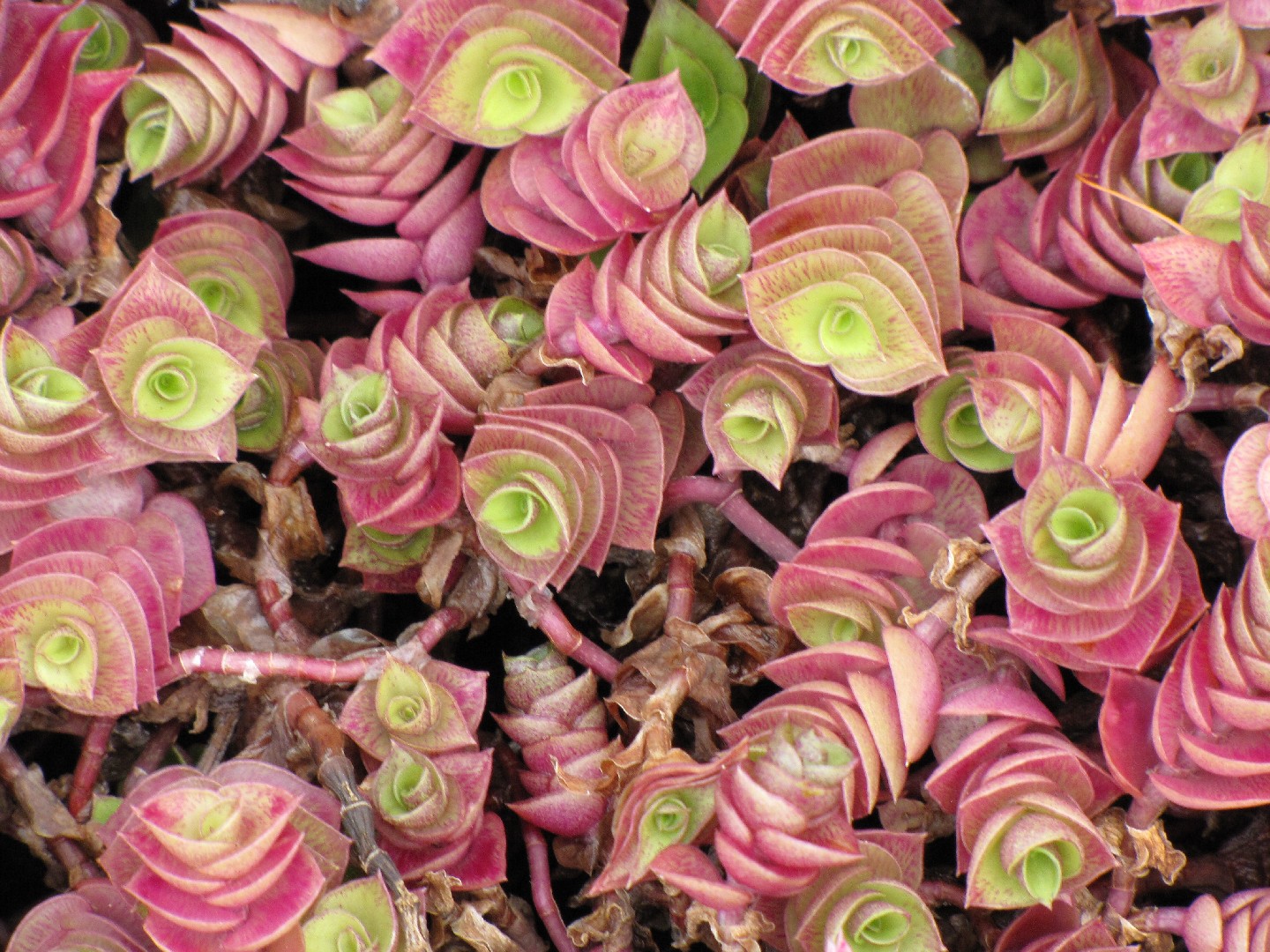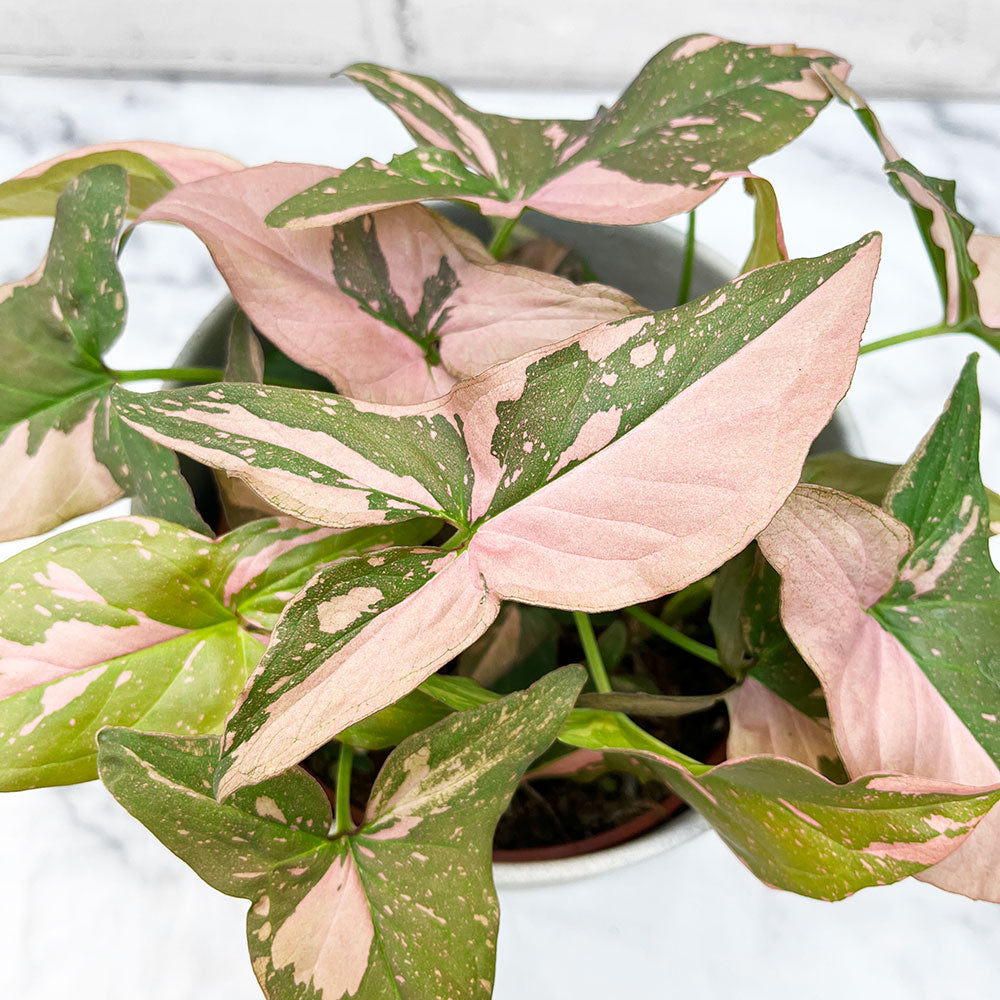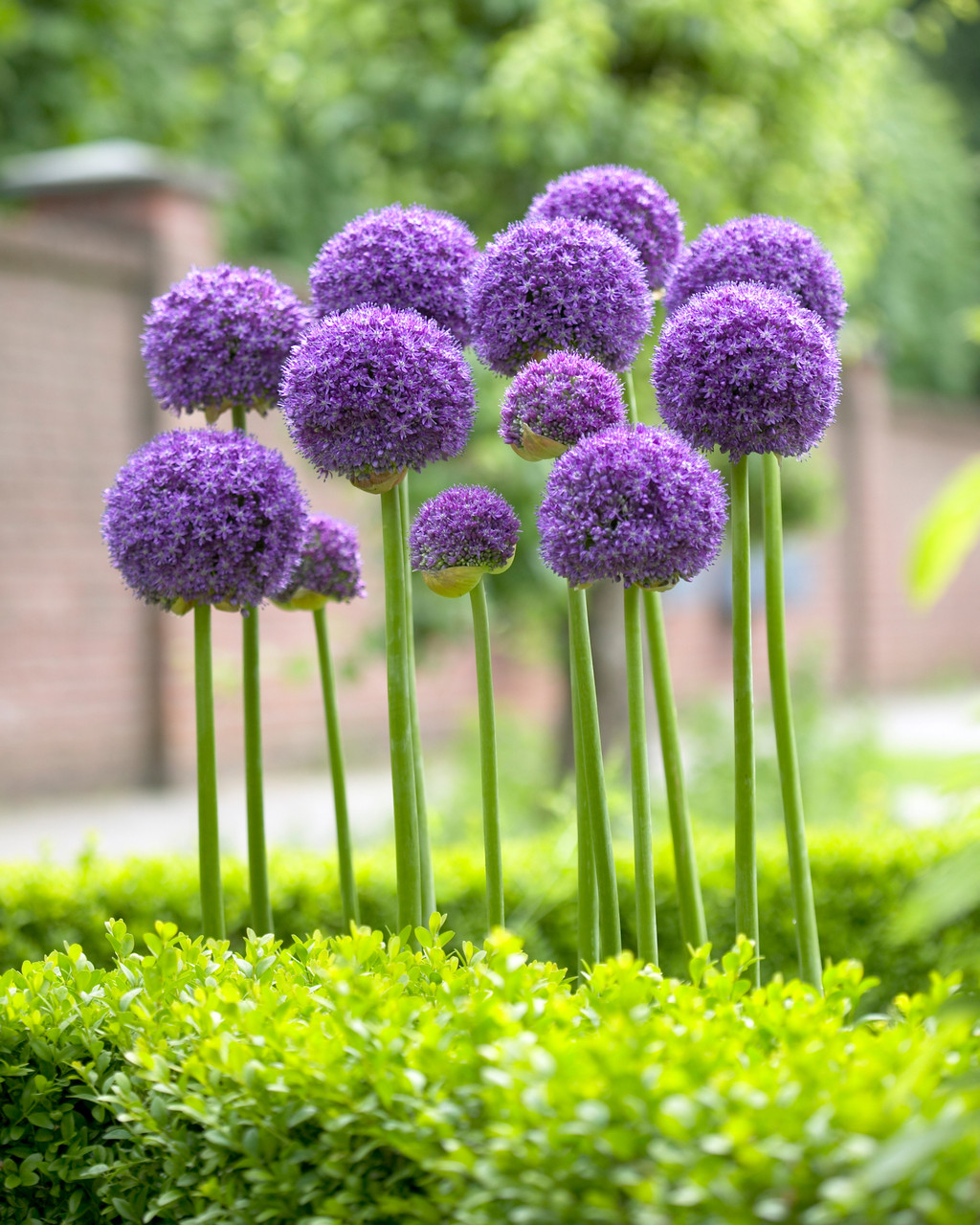The Pink Arrowhead Plant stands is a charming and vibrant choice. With its distinctive pink hues and arrowhead-shaped leaves, this plant not only adds a touch of elegance to your space but also thrives with minimal care.

Unveiling the Allure of the Pink Arrowhead Plant:
The Pink Arrowhead plant, scientifically known as Syngonium podophyllum, is a delightful member of the arrowhead family. Its leaves start with a captivating blend of green and pink, evolving into deeper shades as the plant matures. This ornamental beauty is a perfect companion for both novice and experienced plant enthusiasts.
Cultivating Pink Beauty:
Light Requirements: Pink Arrowhead plants thrive in bright, indirect light. They can tolerate lower light conditions, but to enhance the vibrancy of their pink tones, providing ample light is recommended.
Watering Wisdom: These plants appreciate consistently moist soil. Water when the top inch of the soil feels dry, but avoid overwatering to prevent root rot. Maintaining a well-balanced watering routine is key to their health.
Soil and Potting: Plant your Pink Arrowhead in a well-draining potting mix to ensure proper aeration for the roots. A mix tailored for tropical plants is ideal.
Temperature Preferences: Pink Arrowhead plants prefer a warm and humid environment. Keep them in a room with temperatures ranging from 60 to 75°F (15-24°C) for optimal growth.
Enhancing Your Growing Experience:
Humidity Boost: Pink Arrowhead plants thrive in humid conditions. Increase humidity by misting the plant regularly or placing a tray of water near its pot.
Fertilization Routine: Feed your Pink Arrowhead with a balanced liquid fertilizer during the growing season (spring and summer) to promote healthy growth. Follow the package instructions for application.
Pruning for Shape: To maintain a bushy and well-shaped appearance, consider pruning your Pink Arrowhead plant. Pinch back the tips regularly to encourage lateral growth.
Propagation Tips: Expand your collection by propagating your Pink Arrowhead through stem cuttings. Place the cuttings in water or directly in soil for root development.

Quick Reference Growing Guide: Pink Arrowhead Plant
| Aspect of Care | Guidelines |
|---|---|
| Light Requirements | Bright, indirect light; adaptable to lower light conditions |
| Watering | Keep soil consistently moist; water when the top inch feels dry |
| Soil Type | Well-draining tropical mix |
| Temperature | 60-75°F (15-24°C) |
| Humidity | Moderate to high; misting or using a water tray is beneficial |
| Fertilization | Balanced liquid fertilizer during the growing season; follow package instructions |
| Pruning | Regularly pinch back tips for a bushy appearance |
| Propagation | Easily propagated through stem cuttings; root in water or soil |
The Pink Arrowhead Plant is not just a botanical addition to your indoor haven; it’s a statement of elegance and simplicity. With its striking pink foliage and minimal care requirements, it’s an ideal choice for anyone looking to enhance their living space with a touch of natural beauty. Let the Pink Arrowhead grace your home, bringing joy and tranquility to your indoor oasis.













